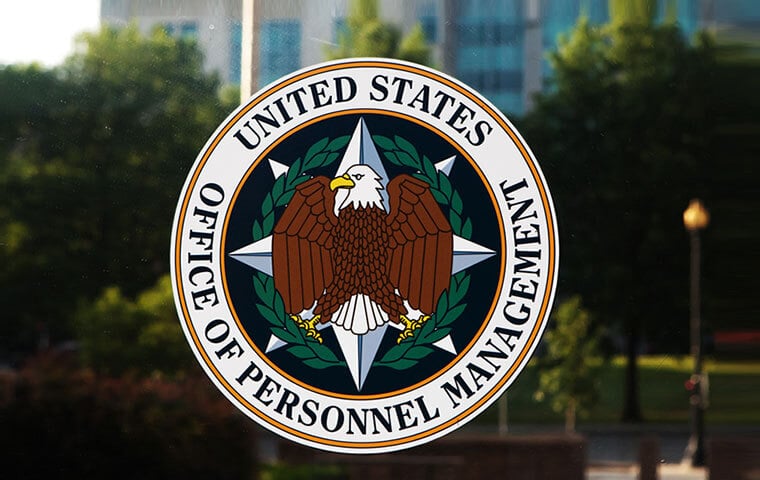 OPM: Supervisors and employees should continue to follow internal agency plans and operating procedures. Image: Mark Van Scyoc/Shutterstock.com
By: FEDweek Staff
OPM: Supervisors and employees should continue to follow internal agency plans and operating procedures. Image: Mark Van Scyoc/Shutterstock.com
By: FEDweek StaffOPM has said that the “maximum telework” government-wide operating status designation, put in place more than three years ago in response to the Coronavirus pandemic, will end May 15 since “COVID-19 is not driving decisions regarding how federal agencies work and serve the public as it was at the outset of the pandemic.”
That follows recent issuance of an OMB memo calling on agencies to return more employees to their regular worksites and for more often, although still leaving them with discretion in the name of “organizational health and organizational performance.” The OMB memo came in the wake of criticisms about continued high levels of telework by federal employees even as the threat of the virus ebbed and President Biden had declared the pandemic to be over.
“For the last several years, executive departments and agencies have taken steps for the effective, orderly, and safe increased return to the workplace, and many federal employees have completed reentry. We have maintained the COVID-19 governmentwide operating status until now to preserve maximum flexibility for agencies to learn from work environment innovations and to allow for agencies to adjust their reentry plans in the most appropriate way considering the needs of each agency,” says the OPM memo, on chcoc.gov.
“As a practical matter, we do not expect this operating status change to have significant impact on agency and workforce readiness. Agencies have been executing their reentry plans and policies over the past year . . . Supervisors and employees should continue to follow their internal agency plans and standard operating procedures,” it adds.
OPM characterized the OMB memo as standing for “an expectation to increase meaningful in-person work while still using flexible operational policies. Agencies should continue to strategically use telework and remote work policies in support of their workforce plans moving forward while capitalizing on the benefits of meaningful in-person work,” it says.
OPM Advises Agencies on Conducting RIFs During Shutdown
Updated Shutdown Contingency Plans Show Range of Impacts
Use Shutdown as Justification for More RIFs, OMB Tells Agencies
Unions Win a Round in Court Disputes over Anti-Representation Orders
Deferred Resignation Periods End for Many; Overall 12% Drop
Senate Bill Would Override Trump Orders against Unions
See also,
How to Handle Taxes Owed on TSP Roth Conversions? Use a Ladder
The Best Ages for Federal Employees to Retire
Best States to Retire for Federal Retirees: 2025

